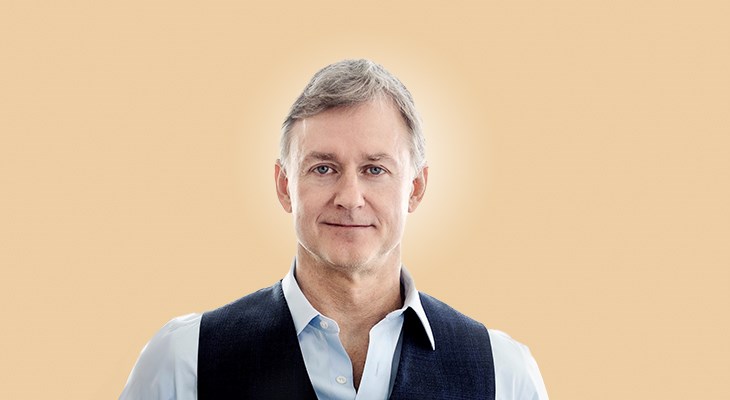Crown Capital evolved out of a family office direct investment platform. And at the end of a period of about five years, Founder, CEO and CIO Christopher Graham told attendees at the 2023 Atlanta Smart Business Dealmakers Conference, it was so successful its investors asked them to launch it as a fund. In the short time since then, Crown has acquired 12 companies. It's what he says he likes to call a classic value-investing buyout fund with low-risk strategies.
"We have a different model. In private equity, smaller private equity is about five times EBITDA in debt, the average is six times, and bigger private equity is about seven times EBITDA in debt. And to us, that's just too much risk tolerance. So, we've developed a methodology where we take about one and a half times EBITDA in debt at the outset, it cuts the risk dramatically," Graham says. "And risk is measured here by the amount of cash flow you have as a buffer. So, in the concept of risk, how much cash flow do we have as a buffer if we lose a customer, if we have a downturn in the economy and macroeconomic effects? When we have a significant buffer like that, what we can do is pay off that 1.5 times quickly and then re-lever again — we call it ratchet leverage. It has some downsides. We have to raise more capital at the front end. But with dramatically less risk, we actually get within 6 percent of the same leverage yield as traditional private equity with dramatically less risk."
Still, there are lots of places in a deal that risk can be found. One of them is culture. For Graham, there's a way to see culture, and whatever risk it might contain, in a deal's numbers.
"Culture, if it's valuable, it should show up in the math; it should be in the numbers, should show up in higher net margin, should show up in higher gross margin, productivity per employee. If it's measurable, then you can rely on the math to tell you that it's there," he says. "And you can take a good company and pair with a good company, and those cultures might not blend immediately but you can get them there."
While there are ways to model the different risks in a deal, he says uncertainty can't be modeled. The first thing he looks to do is determine whether he's really calculating risk or if he's looking at uncertainty.
"Uncertainty is terrifying," Graham says. "It's in every deal. I'll give you example, if you're walking down a path and at the edge of your eyesight, you see a big boulder, or it could be a bear. I'm not really sure. The rule is don't keep walking — don't keep walking towards the uncertainty, because uncertainty resolves itself in very diametric positions. Risk is different. Risk is very calculable. The problem is when you close a deal, on the day you close, you know the least about that company you will ever know going forward. And there's inherently uncertainty in those deals. You try to make it as little as possible."
In his model, he says he tries to mitigate around risk in part with a math equation called the Lindy Effect, which he describes as a math model built around complex systems that gives a measure of something's future life expectancy — a company, for example — based on its past lifespan. So, as an example, he says a company that's been around 10 years has a 95 percent chance that it will last another 10 years.
"There's incredible mathematical predictability about future endurance," he says. "And it's based on the idea that past endurance — you've seen disruption, which builds survivability, survivability leads to more survival, more survival leads to more survivability, and that leads to a longer future. So, in our model, we don't look at any deal that's less than 10 years of successful operating history. And it solves for all the things in due diligence you couldn't see like, that they can pull from a pool of employees in that location, that they have a facility that can produce what they do at a profitable margin, that they have a customer base that will buy at a profit margin, they have vendors that will supply at a profitable margin. So, all those things you can't really vet deep enough, you can rely on this Lindy Effect and some of these risk probability math equations to help mitigate that risk."




